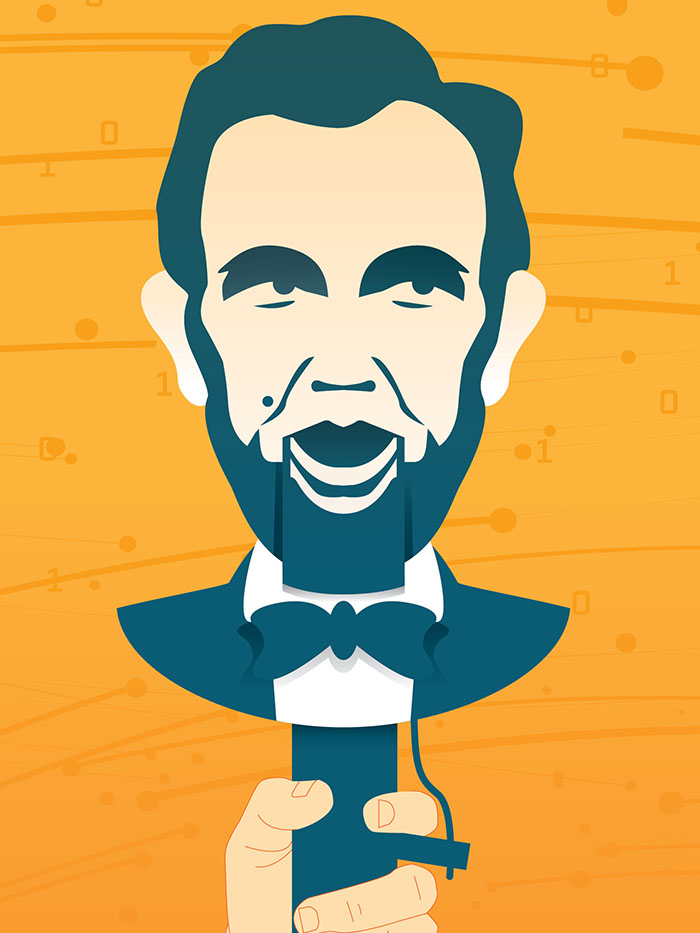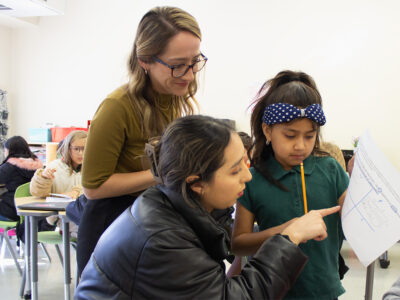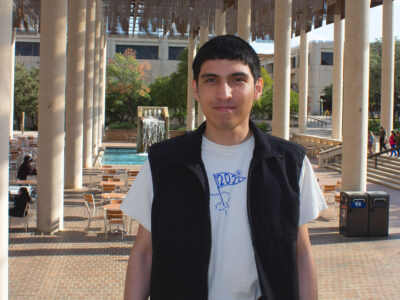Can AI conjure genuine human emotion?
Students in Mary Dixson’s rhetoric class are already studying generative AI to develop important critical and analytical skills. Last spring, they poured over what they thought was a speech to Congress by Ukrainian President Vladimir Zelensky, but it was actually written by ChatGPT, which was prompted to craft a speech in Zelensky’s voice. Together, Dixson and her class compared it to Zelensky’s real speech to identify where ChatGPT went astray. “They did a really good job of evaluating what was missing, and a lot of it was pathos,” says Dixson, a professor of instruction for the UTSA Department of Communication.
Is AI better than Google?
Rita Mitra, an associate professor of practice in the UTSA Department of Information Systems and Cyber Security, says that a module on artificial intelligence introduces students to key concepts in AI and machine learning in the department’s introductory cyber security course. “Students need to know at a basic level how artificial intelligence systems work, not simply know how to use a tool that incorporates AI,” Mitra says. Last spring, her students completed an exercise comparing the usefulness of generative AI responses to resources that could be found via the Google search engine.

Did Abraham Lincoln really say that?
UTSA associate history professors Abe Gibson, Cindy Ermus and Jerry Gonzalez are leading a team that’s combatting “deepfakes,” which are AI-created video, audio and images that depict real people doing and saying things they haven’t. Through the website HonestAbes.info, they are promoting digital literacy, informed citizenship and compassionate empathy to help neutralize the harm of AI-generated deepfakes.
Can AI make you a more effective writer?
The UTSA Writing Program is piloting an AI generative writing tool called Packback this fall. Along the lines of a writing tutor, the software provides feedback to students while creating discussion posts and providing assistance with longer assignments such as essays.
Yeah, but can you "outwrite" AI?
Gianluca Zanella, an associate professor of practice in the UTSA Department of Information Systems and Cyber Security, started incorporating generative AI into his curriculum last spring. Most notably, he launched the “AI Challenge,” in which his students were charged to write a better essay than a generative AI program. The students were asked to perform two tasks: first, to point out weaknesses in the AI essay, and second, to prepare an improved piece through critical thinking, original creativity and knowledge-seeking.
How are math and AI shaping humanity?
The UTSA Department of Mathematics is launching a new introductory survey course for freshmen that will explore the connections between math, data science and artificial intelligence, and how they shape human culture and experience. Students will be guided through a series of 30 lessons that delve into the ways these fields intersect with our ideas, values and beliefs. Throughout the course, students will have access to GPT-4 to help them generate content and explore ideas.
RETURN TO SERIES INTRODUCTION:
Artificial intelligence has the power to reshape the world. Here’s how UTSA is harnessing that force to make a positive impact.



